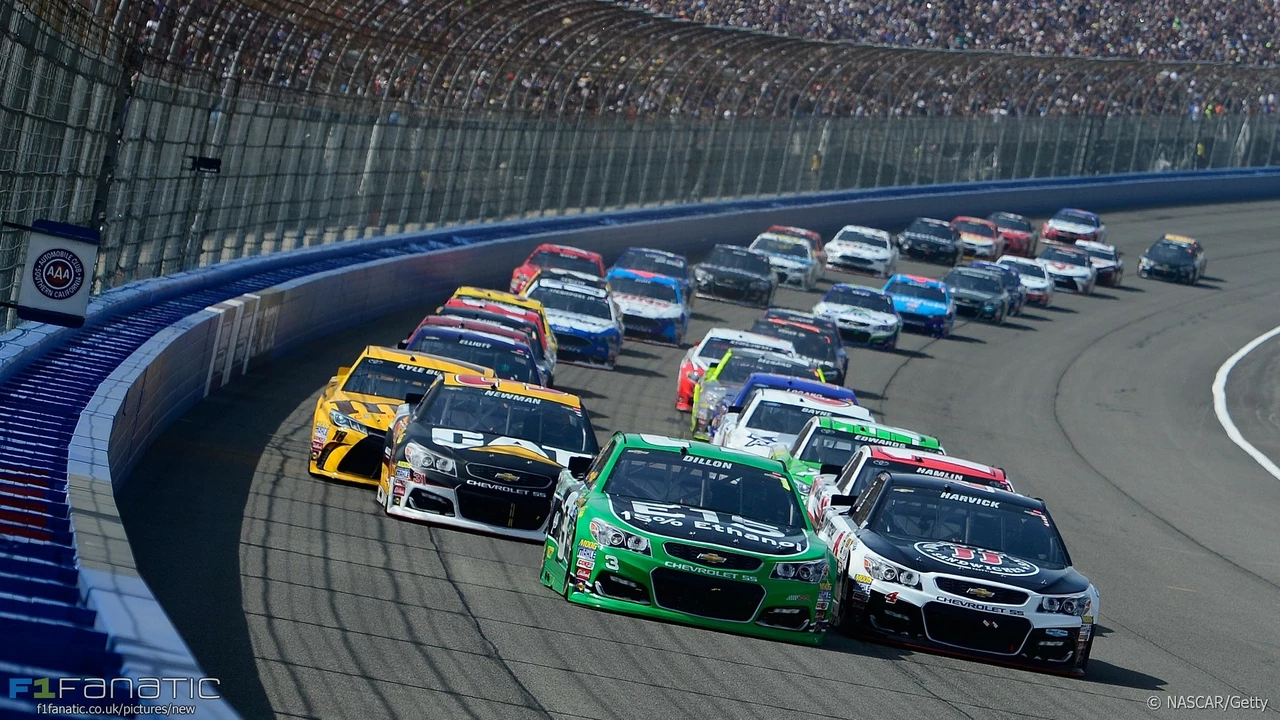Understanding the Landscape of Motorsports in America
As an avid follower of motorsports, I’ve often wondered why Formula 1 and MotoGP are not as popular in the United States as they are in Europe, Asia, and South America. American motorsports fans are known to be some of the most passionate in the world, so why do they seem to turn a blind eye to these two world-class racing series? The answer to this question may lie in the history and culture of motorsports in the US.
When it comes to motorsports, Americans traditionally gravitate towards NASCAR and IndyCar. These are the racing series that are deeply embedded in American culture. Both series have a long history, filled with iconic drivers and unforgettable moments that have captured the hearts of American motorsports fans. On the other hand, Formula 1 and MotoGP are relatively new to the American audience, and they lack the familiarity and sense of nostalgia that NASCAR and IndyCar enjoy.
Comparing the Formats: Sprint vs Endurance
Another reason why F1 and MotoGP may not be as popular in the US is the difference in race format. American motorsports fans are used to the sprint race format of NASCAR and IndyCar, where races are typically short, fast-paced, and packed with action. In contrast, Formula 1 and MotoGP races are more of an endurance test, requiring strategy and patience.
Furthermore, the technical aspects of F1 and MotoGP are quite complex and can be difficult for a casual fan to understand. For example, the use of tire strategies and pit stops in F1 can be confusing to someone who is used to the straightforward, wheel-to-wheel racing of NASCAR. Without a deep understanding of these aspects, it can be hard for a casual fan to fully appreciate the skill and strategy involved in an F1 or MotoGP race.
Accessibility and Media Coverage
The media plays a significant role in shaping the popularity of a sport. In the US, NASCAR and IndyCar receive extensive coverage on television and in the press, making it easy for fans to follow their favorite drivers and teams. On the other hand, Formula 1 and MotoGP races are typically broadcast early in the morning due to time difference, which makes it difficult for American fans to watch them live.
Additionally, there is a lack of comprehensive media coverage for F1 and MotoGP in the US. While there has been some improvement in recent years, the coverage is still not on par with that of NASCAR and IndyCar. This lack of exposure means that many Americans are simply unaware of the excitement and drama that these series can offer.
Geographical and Cultural Differences
The geographical and cultural differences between Europe (where F1 and MotoGP are based) and the US also play a role. Most of the races in these series take place in Europe, Asia, and South America, which makes it difficult for American fans to attend. Furthermore, the races are often held in glamorous locations like Monaco and Singapore, which can make them seem distant and unrelatable to many Americans.
The culture of F1 and MotoGP is also quite different from that of American motorsports. These series are known for their sophistication and glamour, which can seem starkly different from the down-to-earth, blue-collar image of NASCAR and IndyCar.
Increasing Popularity of F1 and MotoGP in the US
Despite these challenges, there are signs that F1 and MotoGP are slowly gaining popularity in the US. For instance, the F1 race in Austin, Texas, has been a huge success, attracting large crowds and generating a lot of excitement. Similarly, the MotoGP race in Indianapolis has also been well received by American fans.
Moreover, the rise of social media and online streaming platforms has made it easier for American fans to follow these series. They can now watch races live or on demand, get updates from their favorite drivers and teams, and interact with other fans from around the world. This increased accessibility could be a game changer for the popularity of F1 and MotoGP in the US.
Conclusion: The Future of F1 and MotoGP in the US
While F1 and MotoGP may not be as popular in the US as NASCAR and IndyCar, they have a lot to offer to American motorsports fans. These series showcase the pinnacle of motorsport technology and feature some of the best drivers in the world. They also offer a different kind of racing experience, one that is as much about strategy and endurance as it is about speed and overtaking.
With increased accessibility and a growing interest in international motorsports, the future of F1 and MotoGP in the US looks promising. It may take time for these series to gain a foothold in the crowded American motorsports landscape, but I believe they have the potential to win over American fans and become a significant part of the motorsports scene in the US.
